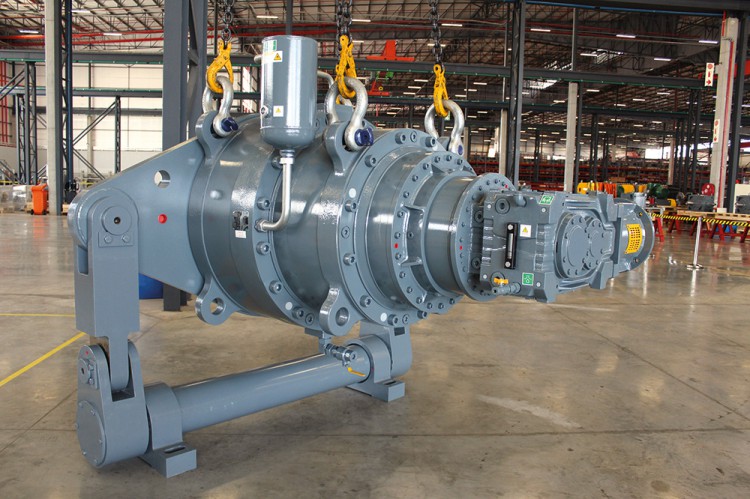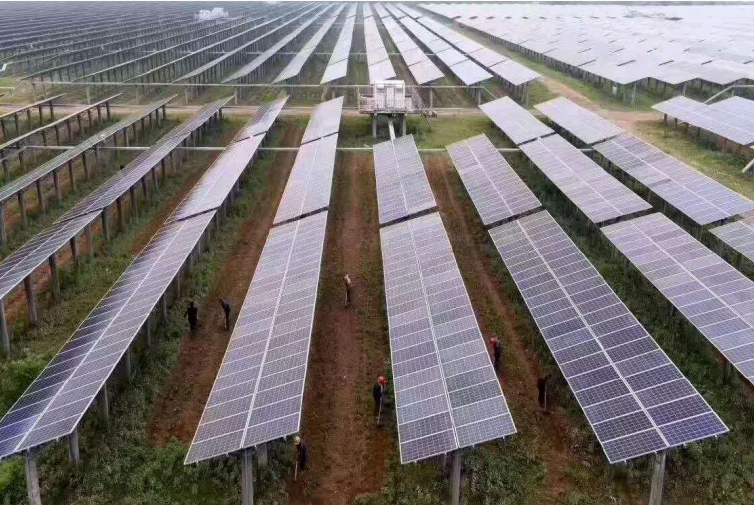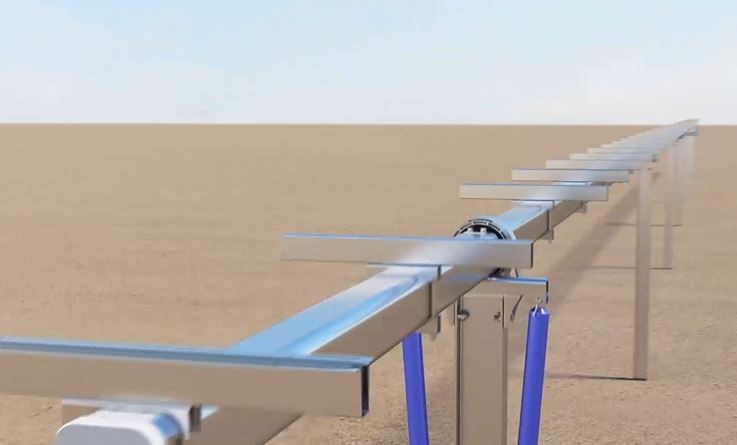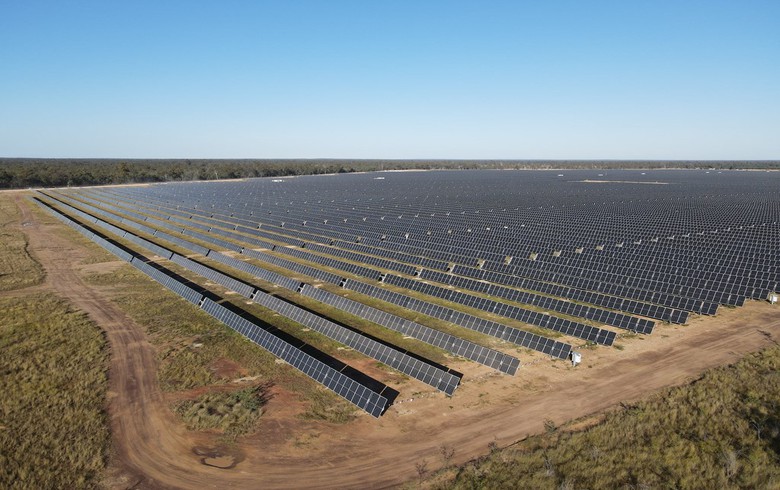Challenging weather conditions are becoming the new normal for solar developers and asset owners, requiring new measures to manage risks and ensure returns.wind speed sensor, solar tracker system, solar tracking system, solar damper
 Understanding the importance of wind testing and how different types of wind forces impact tracker design and production can aid power producers in securing the right single-axis tracker technology for their site and region.
Understanding the importance of wind testing and how different types of wind forces impact tracker design and production can aid power producers in securing the right single-axis tracker technology for their site and region.
A variety of elements impact how wind affects solar trackers on each individual site, ranging from local weather phenomenon and topography to the influence of other nearby structures or objects. Because no two PV sites are the same, each demands site-specific customizations, which adds complexity to designing these projects.wind speed sensor, solar tracker system, solar tracking system, solar damper
If wind profiles aren’t properly accounted for in a tracker’s design, asset owners may face a chain of events, including remedial expenses and downtime as well as lower energy yields, and ultimately falling short of financial targets.
Looking at the technical nuances involved in designing for different types of winds, and understanding how proper tracker testing can influence tracker design features such as stow angles and damping drives the stable aerodynamics for long-term performance.
Careful assessment of a site’s wind conditions makes it possible to ask the right questions from the start.
Variability in wind speed, turbulence and direction all can have unexpected effects on solar trackers and their surrounding environment. Understanding wind effects helps developers and EPCs account for uncertainties and optimize yield.
Wind effects can be classified into three main categories: static, dynamic, and aeroelastic.
 Revolutionising sugar mill efficiency: Mill Gears unveils world’s largest gearbox
Revolutionising sugar mill efficiency: Mill Gears unveils world’s largest gearbox
 who are the leaders in solar trackers for the power industry?
who are the leaders in solar trackers for the power industry?
 Trina releases new version of Vanguard 1P solar tracker
Trina releases new version of Vanguard 1P solar tracker
 GameChange Solar Tests Tracking System for 40-Year Lifespan
GameChange Solar Tests Tracking System for 40-Year Lifespan